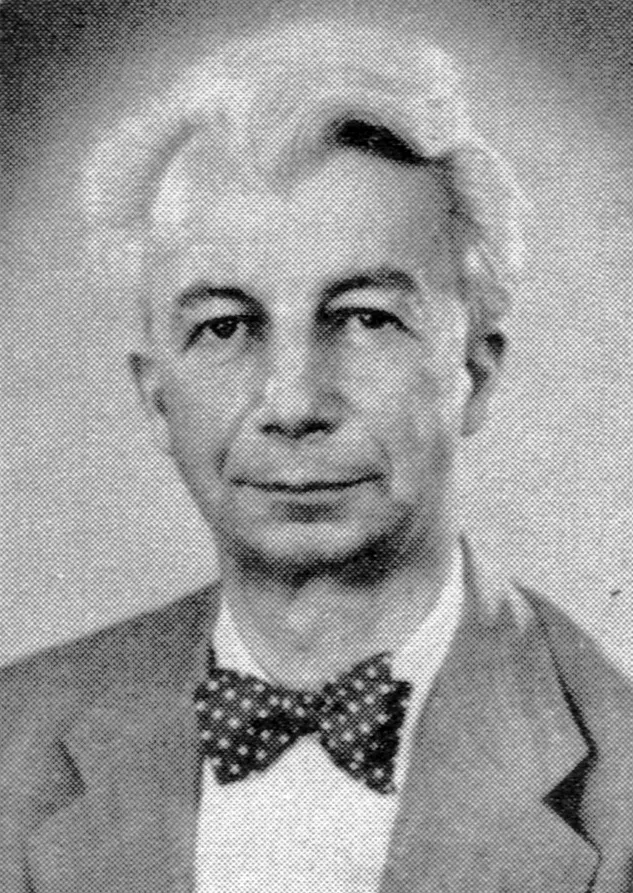Kohei Sugiura’s work spans an impressive range of mediums, including record jackets, publication covers, posters, exhibition catalogues, and stamps. He perfectly merged functionality and data visualisation with aesthetics. Drawing on his background in architecture, Sugiura applied a systematic, programmatic methodology to graphic design, similar to the approach of Swiss designer Karl Gerstner.


